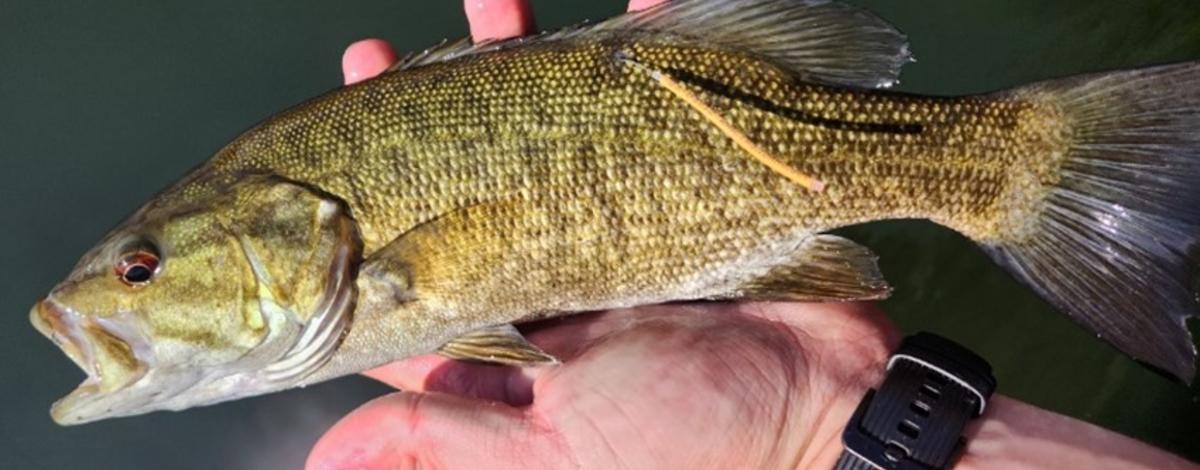Idaho Fish and Game started a program in 2006 called “Tag You’re It” to collect information from tagged fish across the state. Information provided by anglers reporting tagged fish continues to be used to estimate angler harvest, meaning the proportion of fish in a population harvested each year by anglers. Fish and Game owes an immense gratitude to anglers statewide for helping us better understand how our bass fisheries and how current fishing regulations are working.
Because anglers are asked when they report tags whether they harvested or released the fish, estimates of catch-and-release can also be made.
A recent summary of bass tagging data provides an interesting perspective on Idaho fisheries. Smallmouth bass are mainly found in lakes and reservoirs, other than a few river populations. In lakes and reservoirs, annual rates of harvest for smallmouth bass have averaged 18% over the last 20 years, compared to an average of 29% for annual catch-and-release rates. So about half of the smallmouth bass in a lake and reservoir fishery is being caught by anglers each year, and they release most of what they catch.
Largemouth bass primarily reside in two very different Idaho water types, one being lakes and reservoirs and the other being community fishing ponds. In lakes and reservoirs, annual rates of harvest have averaged 15% for largemouth bass, compared to a whopping 52% average annual catch-and-release rate. This means that in Idaho lakes and reservoirs, about two-thirds of the largemouth bass are being caught annually, but the vast majority of those are being released.
In community ponds, largemouth bass annual harvest was higher, averaging 24%, while catch-and-release averaged 49%, so about 75% of all the fish were being caught each year. But at some ponds, we estimated that total catch (harvest plus catch-and-release) was over 100%, meaning that just about every fish was being caught once or twice each year.
This type of information provides Idaho fisheries managers with a better understanding of how harvest might be influencing bass population abundance and size structure. This kind of information would not be possible without anglers reporting tagged fish they catch.

